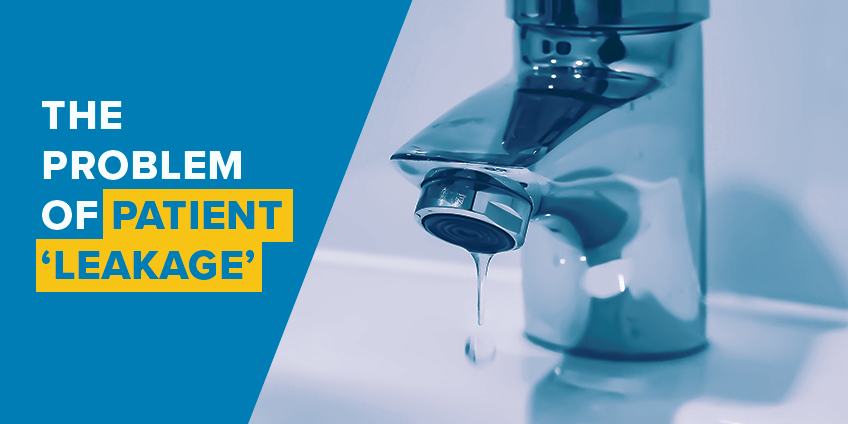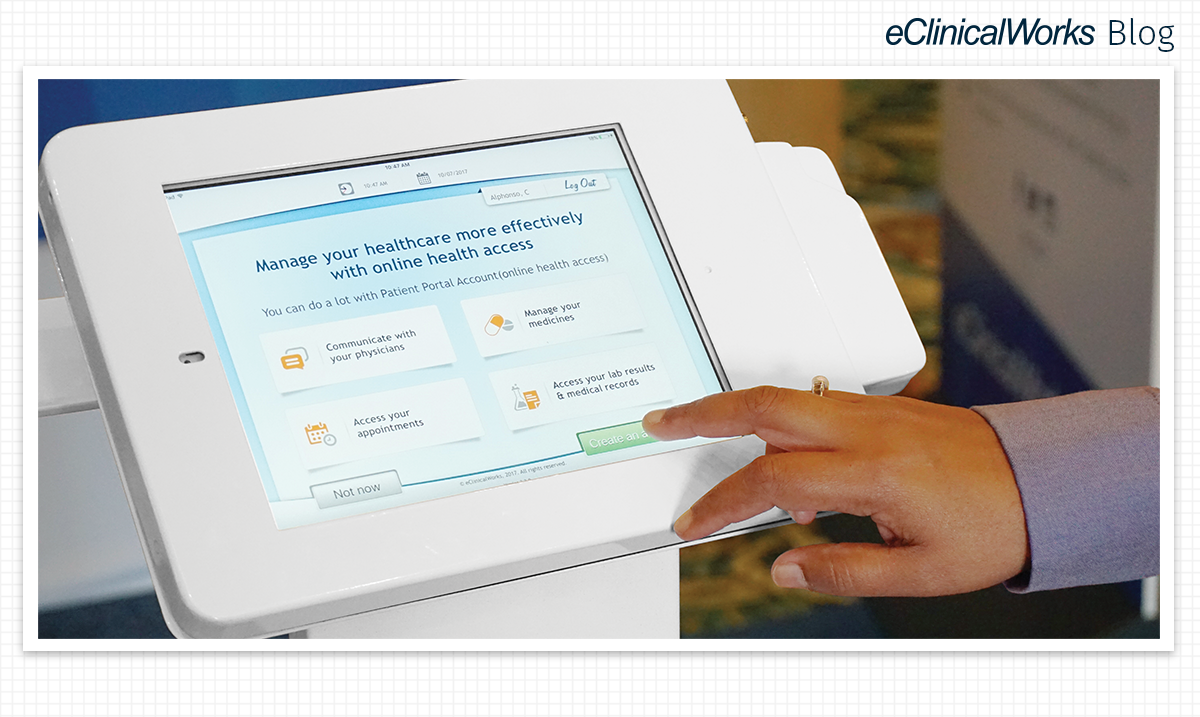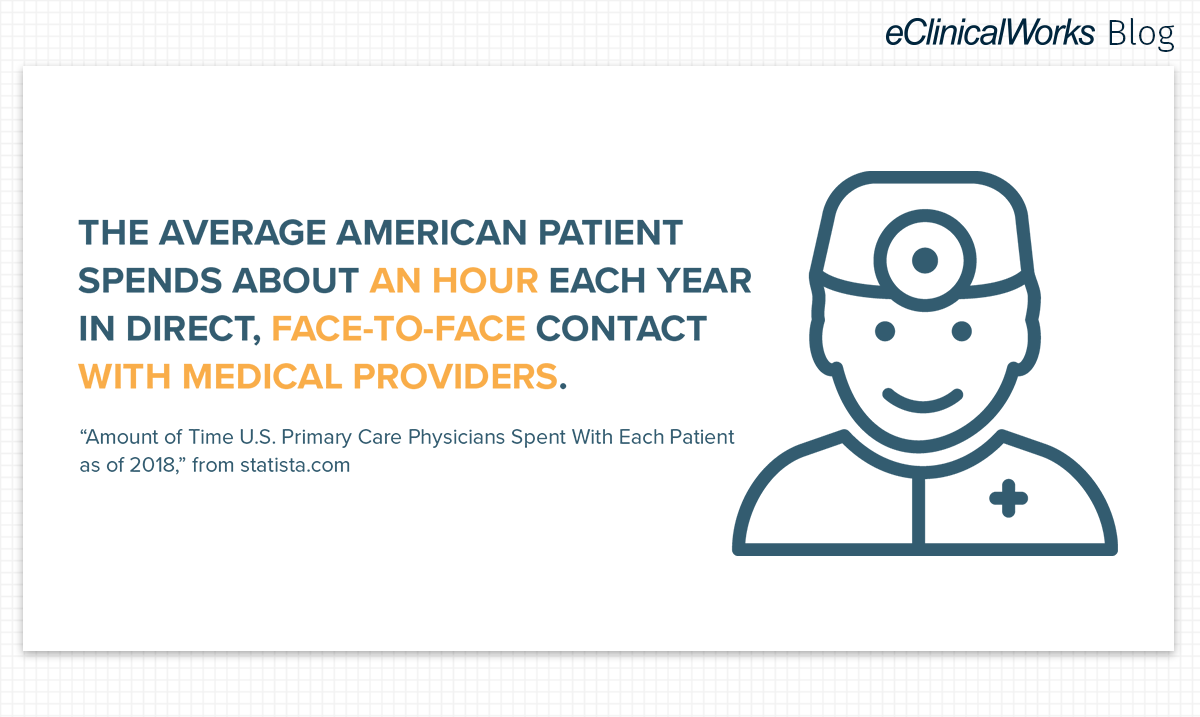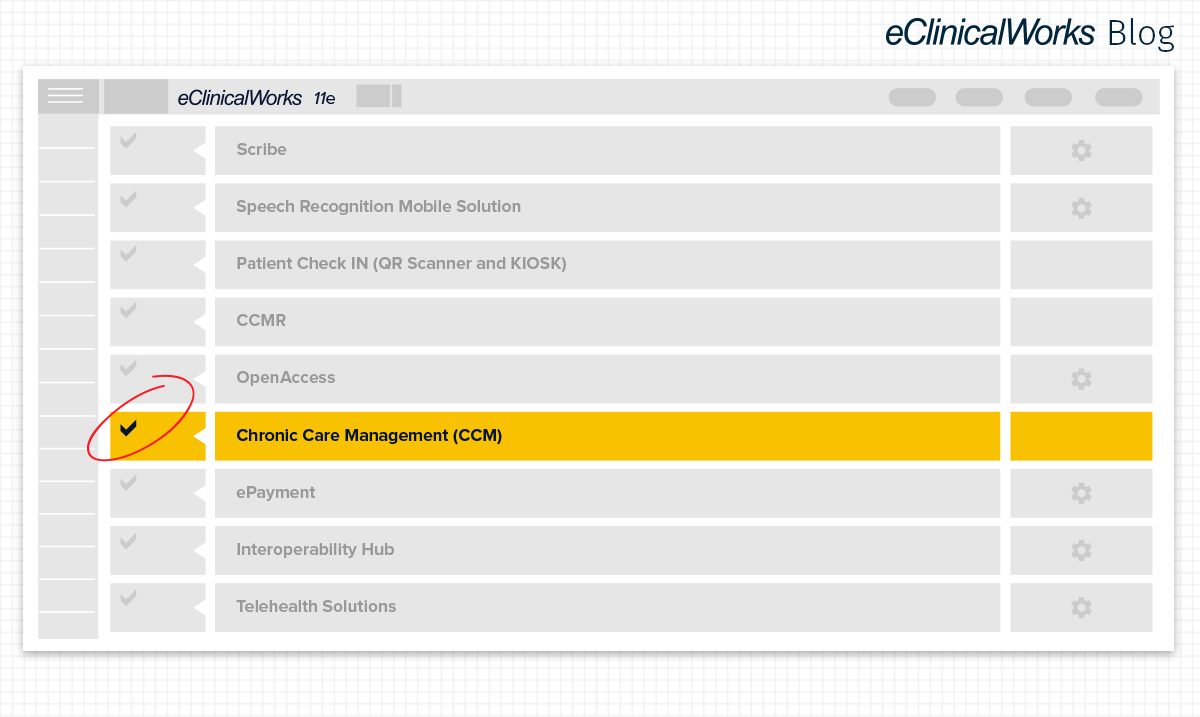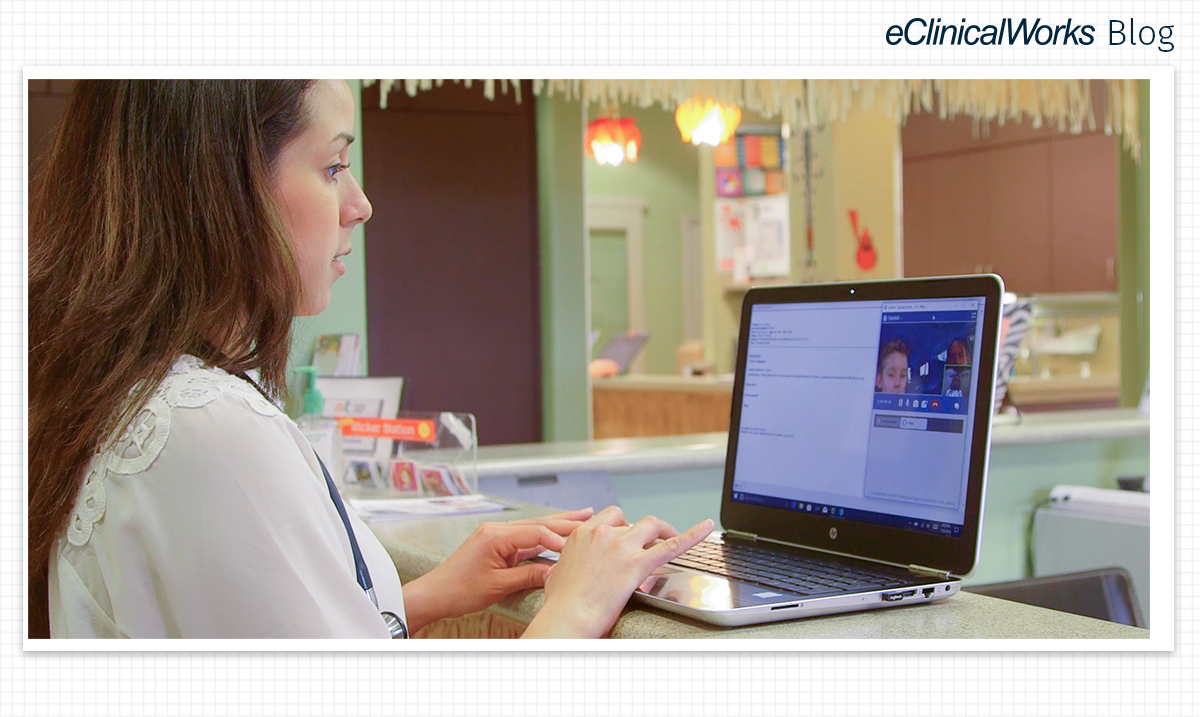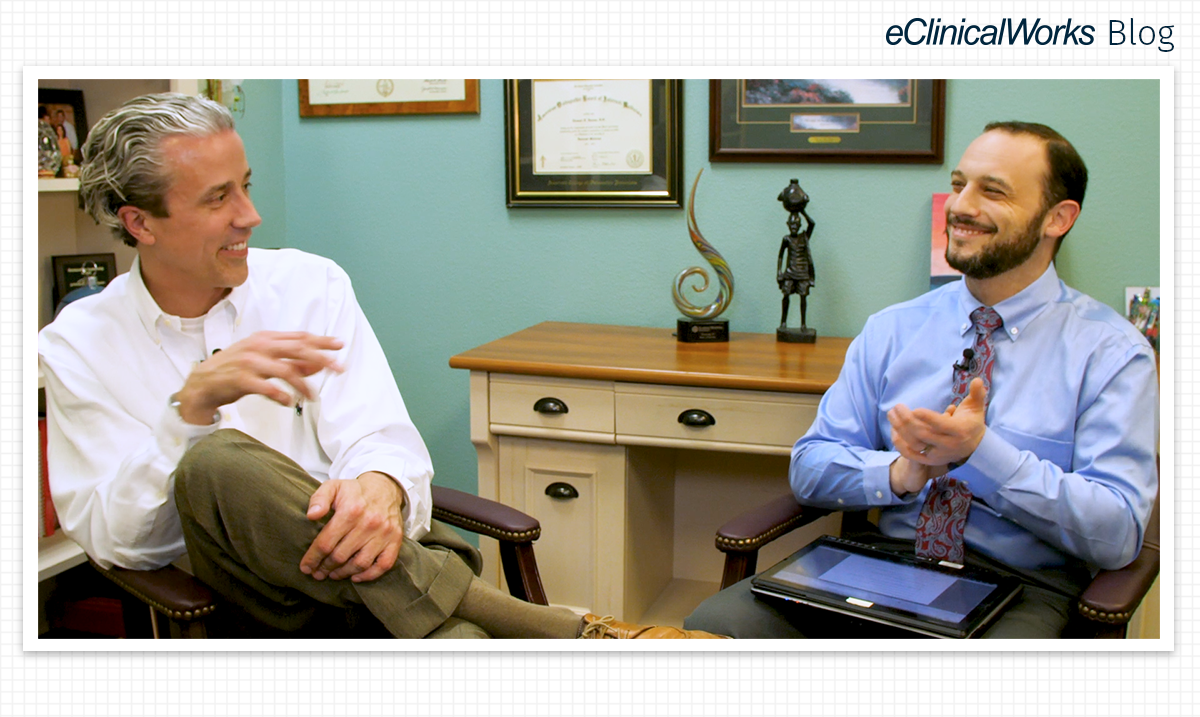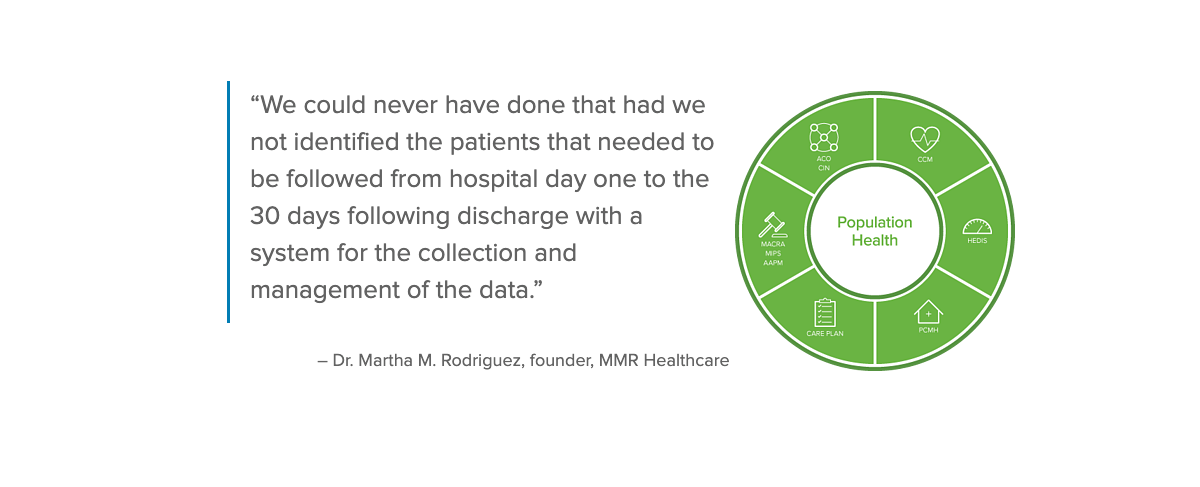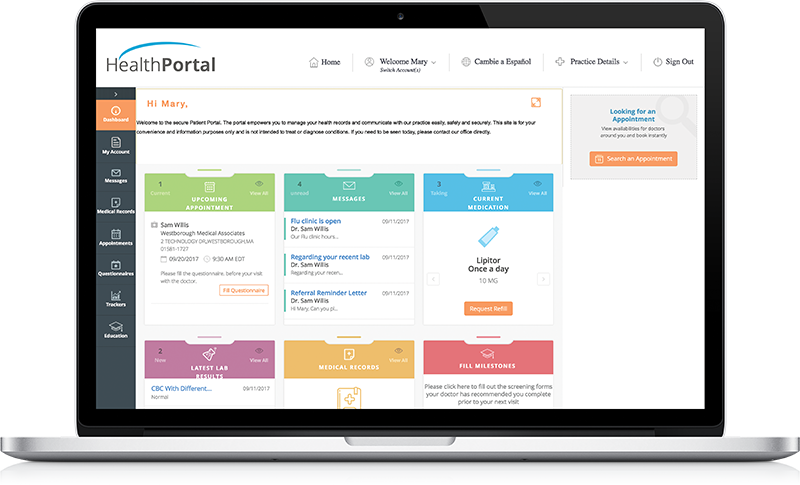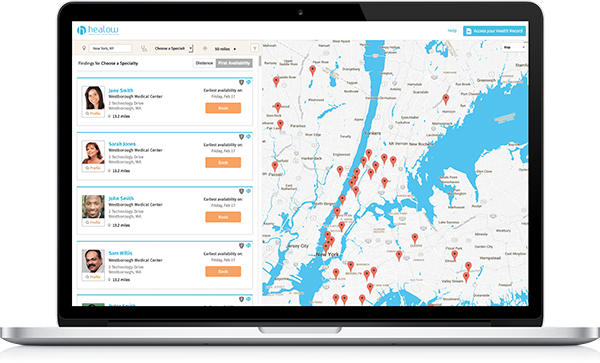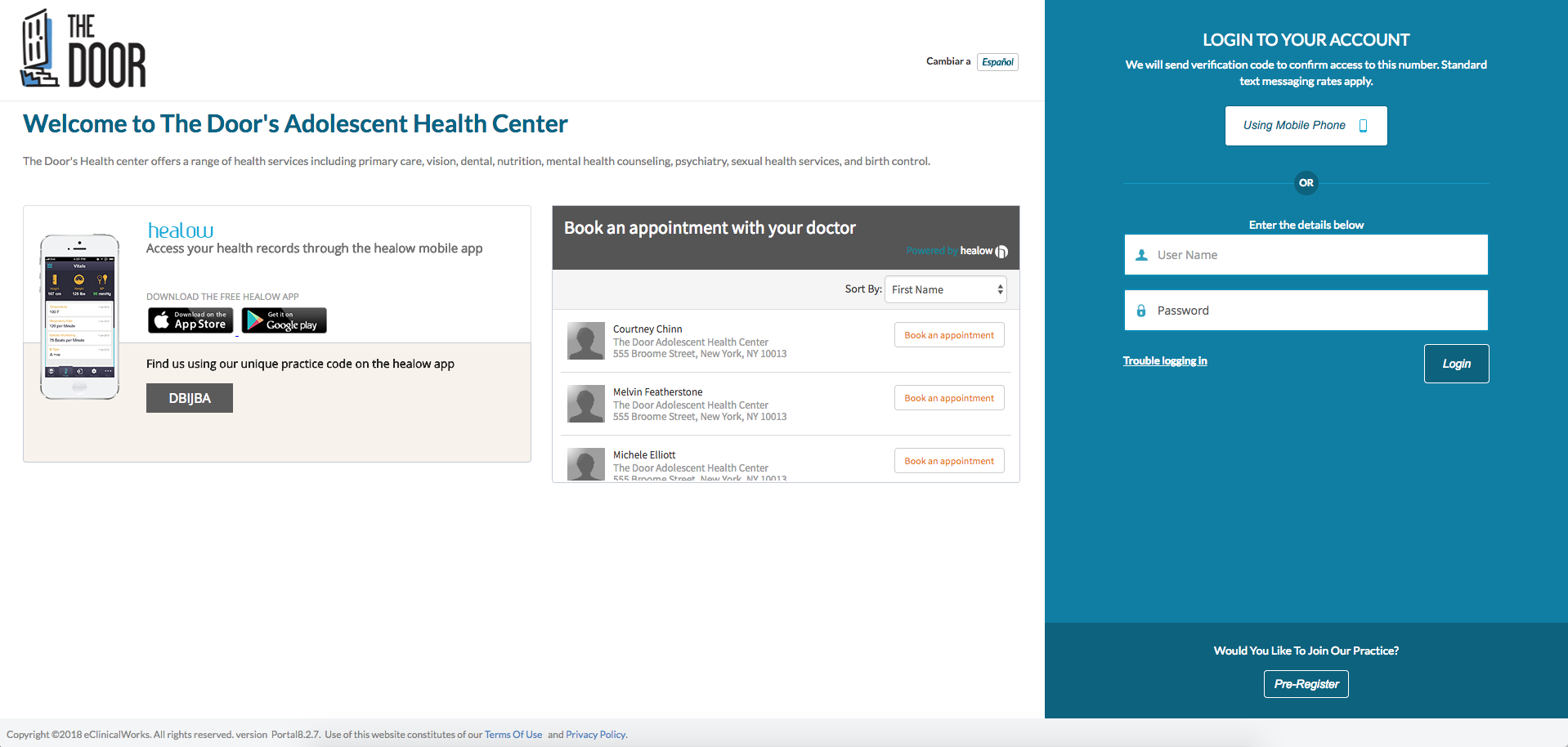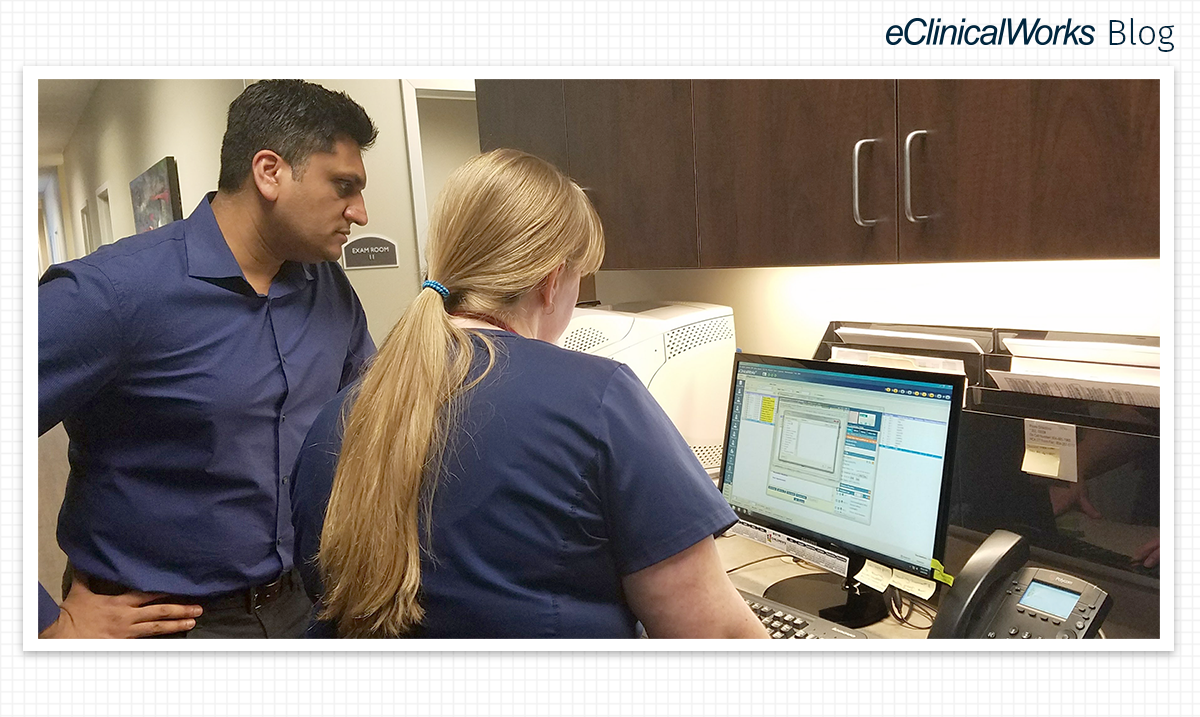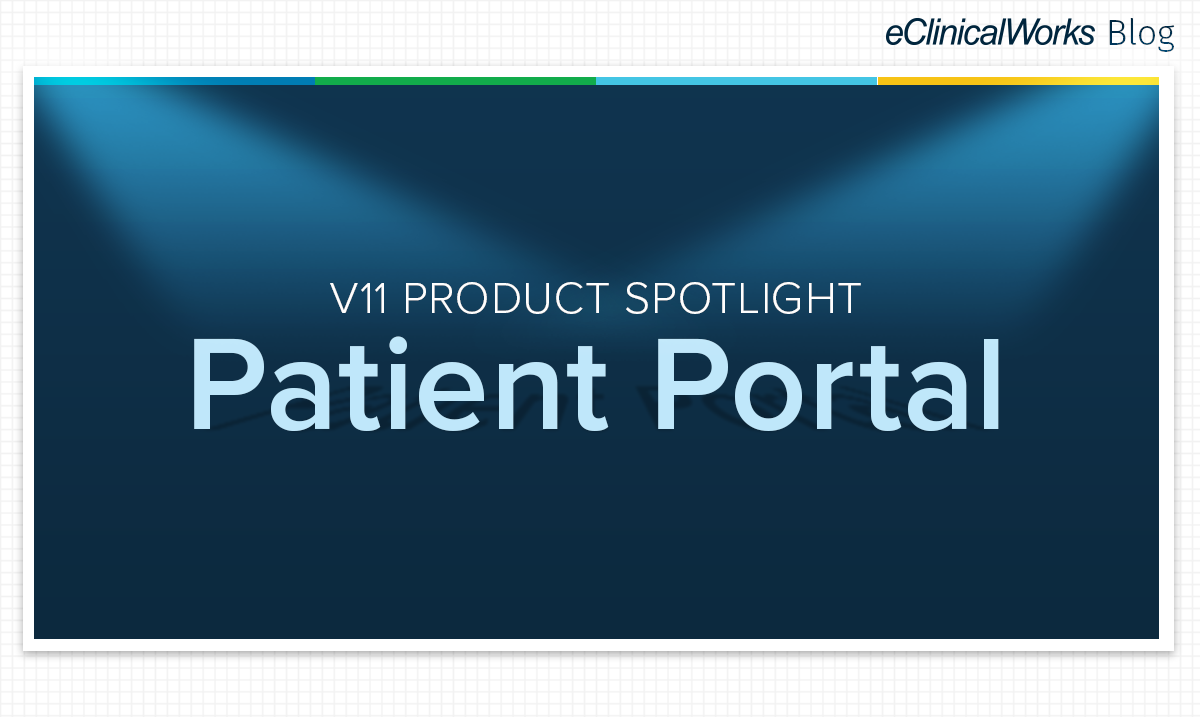An October 2018 study commissioned by the referral management platform Fibroblast found that 87% of healthcare executives say that addressing the loss of patients to their competitors is a high priority. At the same time, the survey found that about a quarter of executives either do not track so-called patient “leakage” or don’t understand why it occurs and what to do about it.
A More Attractive Choice: Retaining Your Patients!
Patient-Centered Care: How the Approach Can Improve Healthcare
The healthcare industry is undergoing dramatic efforts to improve the delivery of care. Lots of changes have already occurred that have expanded access to quality care. Now, the challenge is to shift the conversation to focus on optimizing health that emphasizes patient-centered care.
A recent report by The Centers for Medicare and Medicaid Services (CMS) determined consumers should remain at the center of care to keep them engaged and healthy. CMS describes an optimal patient-provider relationship as one that “[gives] consumers access to their records, [enabling] them to be more active participants in their care, making care more person-centered.”
How to Improve the Patient Experience: Establishing a Strong Online Presence
To thrive in today’s healthcare environment, a strong online presence is vital for quality patient care.
Essential Strategies to Improve Healthcare
Communication & Connectivity
With value-based care the new standard in medicine, attention is increasingly focused on what healthcare organizations can do to improve Patient Engagement. A clear strategy for retaining patients and attracting new ones is a key part of delivering consistent, quality care.
An outstanding EHR is essential but not enough. Providers today must respond to patients’ demands for convenience and access — including online portals and telemedicine.
Successful engagement comes from a commitment to clear, effective communication. That requires paying attention to the technological and human sides of the patient encounter.
Implementing a patient safety culture
Patient safety is something I could talk about over and over; patient safety has always played —and always will play — a central role in the success of Eagle Physicians and Associates down here in Greensboro, North Carolina.
I believe that patient safety, like many things, can be divided into two parts — establishing a patient safety culture and successfully implementing that culture.
3 Ways That Telehealth Is Improving Healthcare
Telehealth provides convenient care for patients and offers healthcare professionals a more efficient and effective way to treat them.
July 1996. It’s 100 degrees Fahrenheit with a broken air conditioner in your car. Work starts in five minutes, and you slam on the breaks two inches away from the rusting Nissan Maxima in front of you.
You can feel the sweat dripping down your forehead as you reach for the eject button on the tape player and feel an insatiable need to scratch your forearm. You scratch and scratch and turn your arm over. There’s a bumpy red rash running half the length of your arm. You won’t be able to see the doctor until Friday. It looks like poison ivy, but who knows?
Today, the most pressing problem you may have in this situation is finding the best time that works to schedule a TeleVisit with a healthcare professional.
TCM: From Post-It to Proactive
Matt Cady, Chief Innovation Officer at Florida’s Adult Medicine of Lake County, says that before his practice began using eClinicalWorks to track patients moving among care settings, they had a system in place: Post-It® Notes and spreadsheets.
In other words, in spite of having the cloud-based eClinicalWorks EHR, when it came to keeping track of patients moving from a hospital setting to home, they were still, in effect, using paper records. Each provider knew what was going on with their patients, but communicating that information to colleagues was cumbersome and time-consuming.
TCM: Tracking Patients to Reduce Readmissions
Healthcare has tremendous power to do good, but its very complexity can also bring complications. Nowhere is that clearer than when patients are moving from one care setting to another.
For Best Results, Engage Your Patients!
Why do medical practices reach out to their patients? The answer seems obvious — because patients who are engaged in their own care tend to be healthier, which makes the job of the physician easier and helps control costs.
But if the answer is so obvious, why don’t more practices have effective Patient Engagement?
Eva: A clear answer to the multitasking dilemma
Many physicians and their staffs pride themselves on being able to do lots of different tasks. Their intentions are excellent. Doctors, after all, are in the business of helping patients. So, helping as many as possible in the shortest amount of time can’t be a bad thing, right?
Successful Patient Engagement Strategies
Champaign is known as the hub of Illinois’ Silicon Prairie, with many technology and healthcare companies. Christie Clinic, founded in 1929, is a vital and growing part of the region’s economy. We now feature more than 180 providers at 22 clinics in east-central Illinois.
Righttime Medical: Building a New Medical Model
What happens when primary care practices don’t provide patients with the service they demand, including flexible hours? Someone else does.
Helping NYC Youth Reach Their Potential
An outsider might assume that New York City youth are universally savvy and self-reliant, capable of finding their way in what is, after all, one of the world’s largest and most diverse cities, a place that is brash, bold, and seemingly bursting with confidence.
But the reality is that youth everywhere face many of the same problems, have many of the same questions, and struggle with many of the same issues. Those issues range from dealing with the physical and emotional changes that come with puberty to questions of identity, self-confidence, and how to navigate the world.
Getting Online with Patient Engagement
Let’s Talk about Excellence!
At Prime Care Family Practice of Prince George, Virginia, things were going well. Having worked with eClinicalWorks since 2012, the practice had an excellent healthcare IT partner. Providers were seeing 600 patients each week. The phones were busy.
But early in 2016, Dr. Amar Shah recognized a serious deficiency in his Patient Engagement strategy: It was all about the telephone.
Telephones are great, but if they are the primary or sole method patients use to reach their providers, access to healthcare can suffer, along with patient satisfaction.
Patient Portal 8.0
When it comes to making quality healthcare available to any community, what’s the first challenge? Access.
After all, the best medical services in the world are of no value unless patients can make use of them. And even when a doctor/patient relationship has been established, the doctors and patients sometimes need help staying in touch and making best use of available resources.
That’s where a tool such as Patient Portal can make a critical difference.

